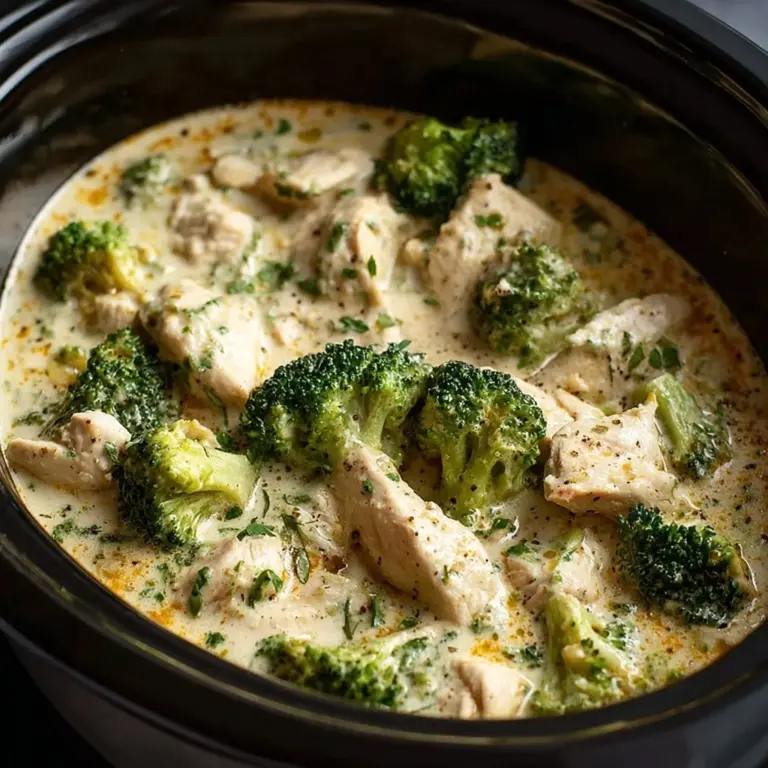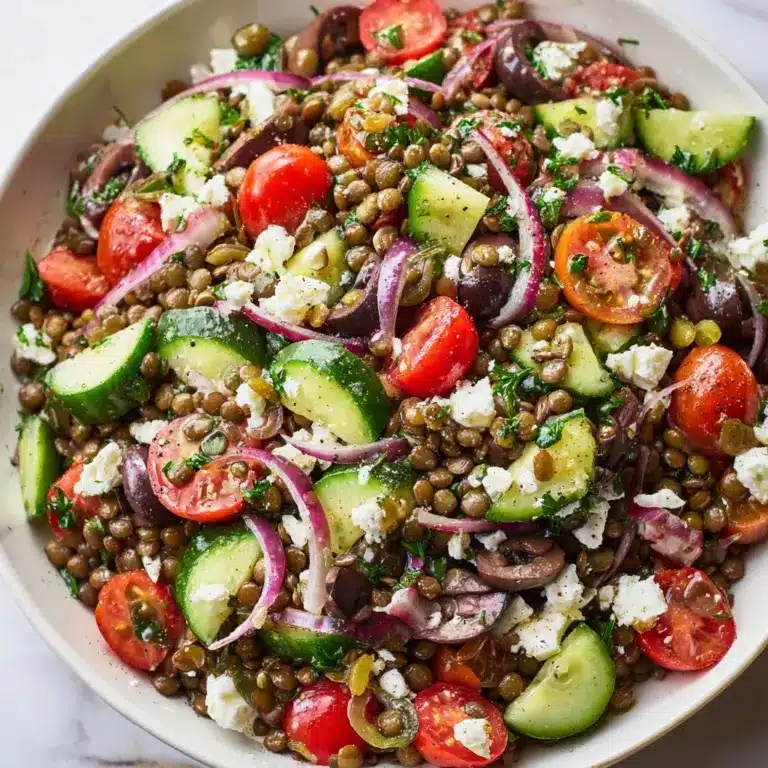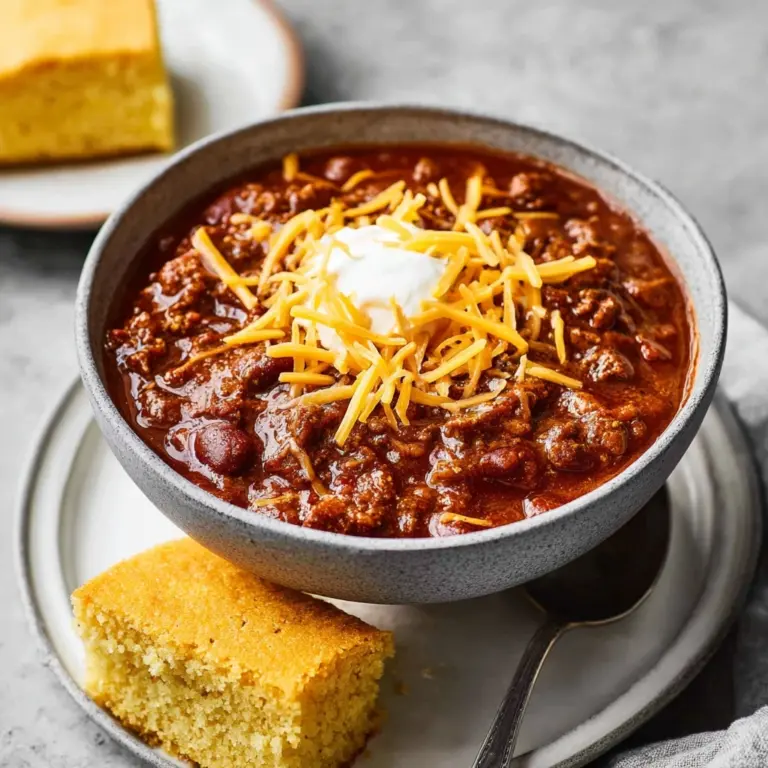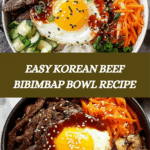Korean Beef Bibimbap Bowl Recipe
Introduction
Korean Beef Bibimbap Bowl is a vibrant and flavorful dish that combines savory ground beef, fresh vegetables, and a perfectly cooked egg over a bed of warm rice. This hearty meal is easy to prepare and offers a delicious balance of textures and bold Korean flavors.

Ingredients
- 1 lb lean ground beef
- 2 cups short-grain white rice (cooked)
- 1 cup carrots (julienned)
- 1 cup spinach (fresh)
- 1 cup zucchini (sliced)
- 1 cup bean sprouts
- 3 tbsp gochujang sauce (adjust for spice level)
- 1 tbsp sesame oil
- 2 tbsp low-sodium soy sauce
- 4 eggs
Instructions
- Step 1: Cook the rice according to package instructions and set it aside to keep warm.
- Step 2: In a skillet over medium-high heat, brown the ground beef for 5-7 minutes until fully cooked, then drain any excess fat.
- Step 3: Stir in the gochujang sauce, soy sauce, and sesame oil into the beef. Reduce heat to low and simmer for 5 minutes to blend the flavors.
- Step 4: In another pan, sauté the carrots, spinach, zucchini, and bean sprouts in a little sesame oil over medium heat until they are tender-crisp, about 7 minutes.
- Step 5: Fry the eggs sunny-side up in a nonstick skillet, cooking until the whites are set but yolks remain runny, about 3 minutes.
- Step 6: To assemble, layer cooked rice in bowls, top with the beef mixture and sautéed vegetables, and finish each bowl with a fried egg. Drizzle additional gochujang sauce over the top if desired.
Tips & Variations
- For added crunch, sprinkle toasted sesame seeds or chopped green onions before serving.
- Swap ground beef with ground turkey or tofu for a lighter or vegetarian option.
- If you prefer less heat, reduce the gochujang sauce or serve it on the side.
Storage
Store leftovers in airtight containers in the refrigerator for up to 3 days. Reheat the beef and vegetables separately in a skillet over medium heat. Warm the rice and fry a fresh egg to maintain the best texture and flavor when serving again.
How to Serve

Serve this delicious recipe with your favorite sides.
FAQs
Can I use other types of rice for this dish?
Yes, while short-grain rice is traditional and provides the best texture for bibimbap, you can use medium-grain or jasmine rice if preferred. Just note that the texture will be slightly different.
What if I don’t have gochujang sauce?
If gochujang is unavailable, you can mix a bit of chili paste or sriracha with a touch of soy sauce and a pinch of sugar to mimic the sweet and spicy flavor.
PrintKorean Beef Bibimbap Bowl Recipe
A flavorful and colorful Korean Beef Bibimbap Bowl featuring savory ground beef seasoned with gochujang, sautéed fresh vegetables, and topped with a perfectly fried egg served over warm short-grain white rice. This dish balances spicy, savory, and umami flavors, making it a delicious and satisfying meal.
- Prep Time: 15 minutes
- Cook Time: 25 minutes
- Total Time: 40 minutes
- Yield: 4 servings 1x
- Category: Main Dish
- Method: Stovetop
- Cuisine: Korean
Ingredients
Protein
- 1 lb lean ground beef
- 4 eggs
Rice
- 2 cups short-grain white rice (cooked)
Vegetables
- 1 cup carrots (julienned)
- 1 cup spinach (fresh)
- 1 cup zucchini (sliced)
- 1 cup bean sprouts
Sauces & Seasonings
- 3 tbsp gochujang sauce (adjust for spice level)
- 2 tbsp low-sodium soy sauce
- 1 tbsp sesame oil
Instructions
- Cook Rice: Prepare the short-grain white rice according to package instructions until fully cooked and fluffy. Set aside to keep warm.
- Brown Ground Beef: Heat a skillet over medium-high heat and add the lean ground beef. Cook for 5-7 minutes, stirring occasionally, until the beef is browned and cooked through. Drain any excess fat.
- Simmer Beef with Sauce: Stir in the gochujang sauce, low-sodium soy sauce, and sesame oil into the browned beef. Reduce heat to low and let it simmer for 5 minutes to allow the flavors to meld.
- Sauté Vegetables: In a separate pan, heat a small amount of sesame oil over medium heat. Add the julienned carrots, fresh spinach, sliced zucchini, and bean sprouts. Sauté for about 7 minutes until the vegetables are tender-crisp.
- Fry Eggs: In another pan, fry the eggs sunny-side up over medium heat for approximately 3 minutes, until the egg whites are set but the yolks remain runny.
- Assemble Bowls: Layer cooked rice at the bottom of each bowl, then top with the ground beef mixture, sautéed vegetables, and a sunny-side up egg. Drizzle with additional gochujang sauce if preferred for extra heat.
Notes
- Adjust the amount of gochujang according to your preferred spice level.
- For a vegetarian option, replace ground beef with tofu or mushrooms.
- You can substitute white rice with brown rice for added fiber.
- Make sure not to overcook the egg to keep the yolk runny, which enhances the flavor and texture of the dish.
- Use low-sodium soy sauce to reduce salt content.
Keywords: Korean bibimbap, ground beef recipe, spicy Korean rice bowl, gochujang beef bowl, easy bibimbap








